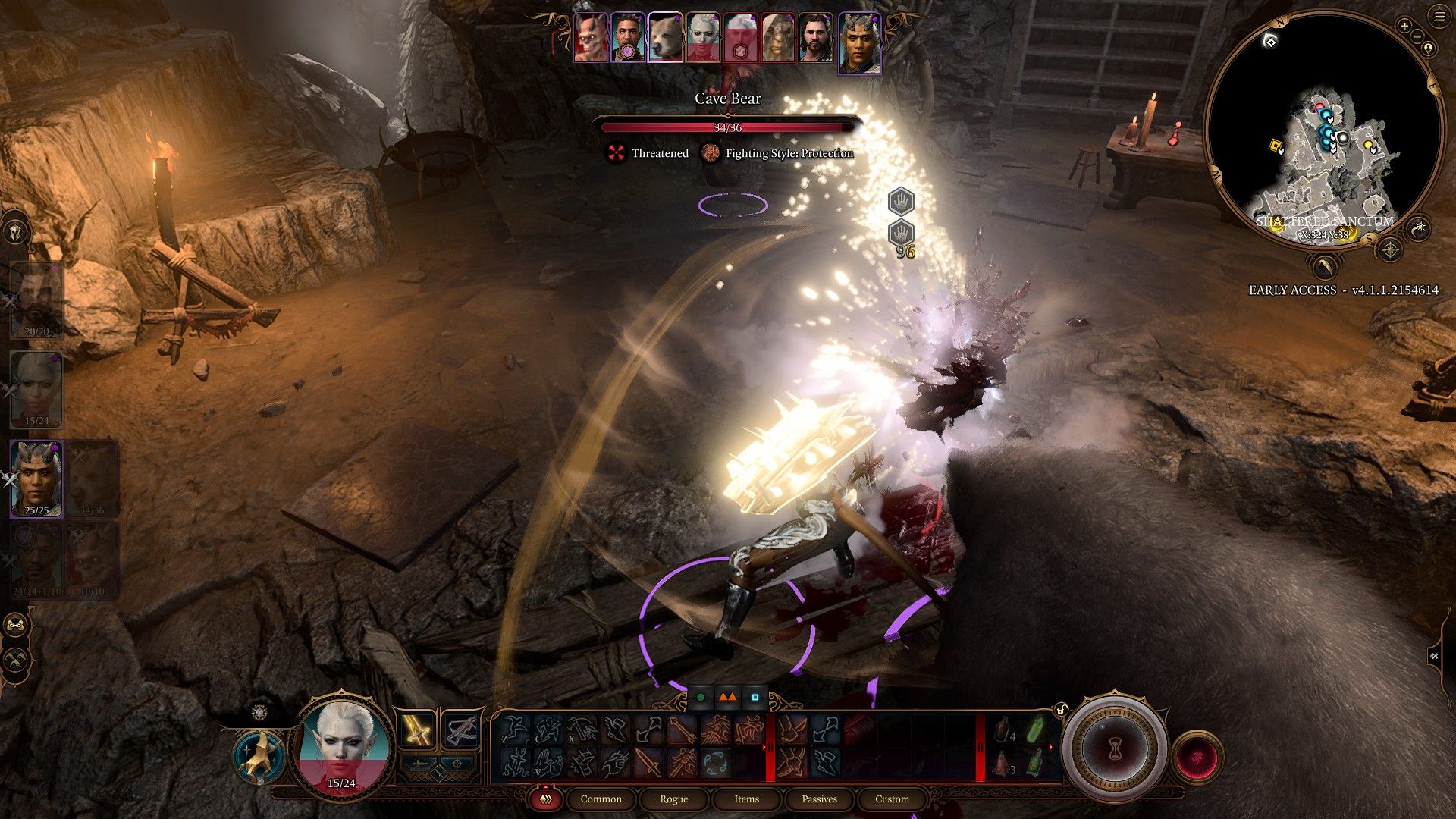Tired of getting hit in Baldur's Gate 3? Not sure what armor is best for a certain character? Don't know why your fast little rogue is taking far less damage than your tank in fights? All of these things are calculated off a very funny number known as Armor Class, one of the most important stats of any Dungeons & Dragons-related game.
However, the mechanics of how Armor Class don't quite operate the way you think they would be based on the name. In fact, it's very possible your non-armor-clad characters might have a higher AC than your walking tin-can on the front lines. But how and why? It's all about Dexterity, friends.
What Does Armor Class Do?
Armor Class (AC) is the calculation of how likely an attack made against the target is to hit or miss. If an attacking roll is higher or the same as a target's Armor Class rating, they hit and deal damage. If it is lower, they miss and deal no damage.
You do not need to have armor to have an Armor Class rating. It is a misleading name that only calculates your likelihood of being hit and taking damage.
If you're unsure of the Armor Class of a character in Baldur's Gate 3, you can look at it by right-clicking on the character (or their portrait so long as you're not actively in control of them) and pressing Examine. Alternatively, you can hover your cursor over the character's portrait in or out of battle to see their AC indicated by a small shield icon.
How Do I Calculate Armor Class?
Armor Class is generally calculated depending on the type of armor the person is wearing.
- No Armor: AC = 10 + Dexterity modifier
- Light Armor: AC = Armor's rating + Dexterity modifier
- Medium Armor: AC = Armor's rating + Dexterity modifier (not exceeding +2)
- Heavy Armor: AC = Armor's rating
Helmets, jewelry, and boots do not add anything to the Armor Class rating unless they have a specific, magical trait that says otherwise.
Shields add a static bonus to an Armor Class. Generally, this bonus is +2. Therefore, if you have a shield equipped, you will have an additional number added to your AC.
Certain feats like the Fighter's feat, Fighting Style: Defense, may also add additional bonuses to your Armor Class, but these are few and far between.
Armor Proficiency
There is one last thing to consider when thinking of Armor Class: Armor Proficiency. All classes have preferences on what armor they like and can wear.
Barbarian | Light armor, Medium armor, shields |
|---|---|
Bard | Light armor |
Cleric | Light armor, Medium armor, shields |
Druid | Light armor, Medium armor, shields (no metal objects) |
Fighter | All armor, shields |
Monk | None |
Paladin | All armor, shields |
Ranger | Light armor, Medium armor, shields |
Rogue | Light armor |
Sorcerer | None |
Warlock | Light armor |
Wizard | None |
If a character wears a piece of armor or a shield that they are not proficient in, they will receive penalties:
- They cannot cast spells.
- They receive Disadvantage on any roll dependent on Strength or Dexterity.
There are ways to gain proficiency for armor types, but the two most efficient methods will be:
- Multiclassing (Official Launch; not Early Access)
- Choosing an armor-related feat instead of skill points during Ability Score Improvement level-ups
So long as your character is proficient with their armor set, they will be able to enjoy all the benefits to their Armor Class it provides. Whether your character is a speedy, Dextrous monster or a heavy, well-armored tank, your character can enjoy their own high Armor Class and the wonders of not taking any damage.




